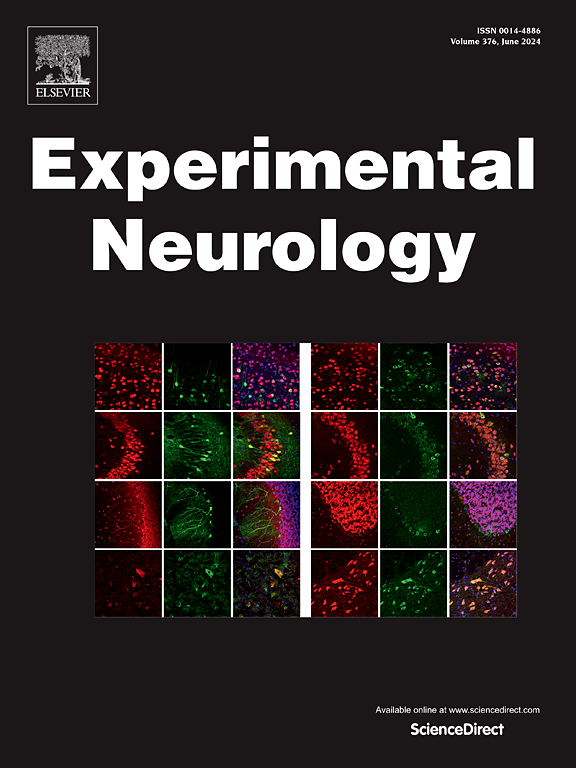Border-associated macrophages: From physiology to therapeutic targets in Alzheimer's disease
IF 4.6
2区 医学
Q1 NEUROSCIENCES
引用次数: 0
Abstract
Border-associated macrophages (BAMs) constitute a highly heterogeneous group of central nervous system-resident macrophages at the brain boundaries. Despite their significance, BAMs have mainly been overlooked compared to microglia, resulting in a limited understanding of their functions. However, recent advancements in single-cell immunophenotyping and transcriptomic analyses of BAMs have revealed a previously unrecognized complexity in these cells, in addition to their critical roles under non-pathological conditions and diseases like Alzheimer's disease (AD), Parkinson's disease, glioma, and ischemic stroke. In this review, we discuss the origins, self-renewal capabilities, and extensive heterogeneity of BAMs, and clarify their important physiological functions such as immune monitoring, waste removal and vascular permeability regulation. We also summarize experimental evidence linking BAMs to the progression of AD. Finally, we review therapeutic strategies targeting brain innate immune cells mainly focusing on strategies aimed at modulating BAMs to treat AD and evaluate their potential in clinical applications.
边界相关巨噬细胞:从生理学到阿尔茨海默病的治疗靶点
边界相关巨噬细胞(BAMs)是大脑边界中枢神经系统驻留巨噬细胞的一个高度异质性群体。尽管边界相关巨噬细胞意义重大,但与小胶质细胞相比,它们主要被忽视,导致人们对其功能的了解有限。然而,最近在单细胞免疫分型和 BAMs 转录组学分析方面取得的进展揭示了这些细胞以前未曾认识到的复杂性,以及它们在非病理状态和疾病(如阿尔茨海默病(AD)、帕金森病、胶质瘤和缺血性中风)中的关键作用。在这篇综述中,我们讨论了 BAMs 的起源、自我更新能力和广泛的异质性,并阐明了它们的重要生理功能,如免疫监测、废物清除和血管通透性调节。我们还总结了将 BAMs 与 AD 进展联系起来的实验证据。最后,我们回顾了针对脑先天性免疫细胞的治疗策略,主要侧重于旨在调节 BAMs 以治疗 AD 的策略,并评估其在临床应用中的潜力。
本文章由计算机程序翻译,如有差异,请以英文原文为准。
求助全文
约1分钟内获得全文
求助全文
来源期刊

Experimental Neurology
医学-神经科学
CiteScore
10.10
自引率
3.80%
发文量
258
审稿时长
42 days
期刊介绍:
Experimental Neurology, a Journal of Neuroscience Research, publishes original research in neuroscience with a particular emphasis on novel findings in neural development, regeneration, plasticity and transplantation. The journal has focused on research concerning basic mechanisms underlying neurological disorders.
 求助内容:
求助内容: 应助结果提醒方式:
应助结果提醒方式:


